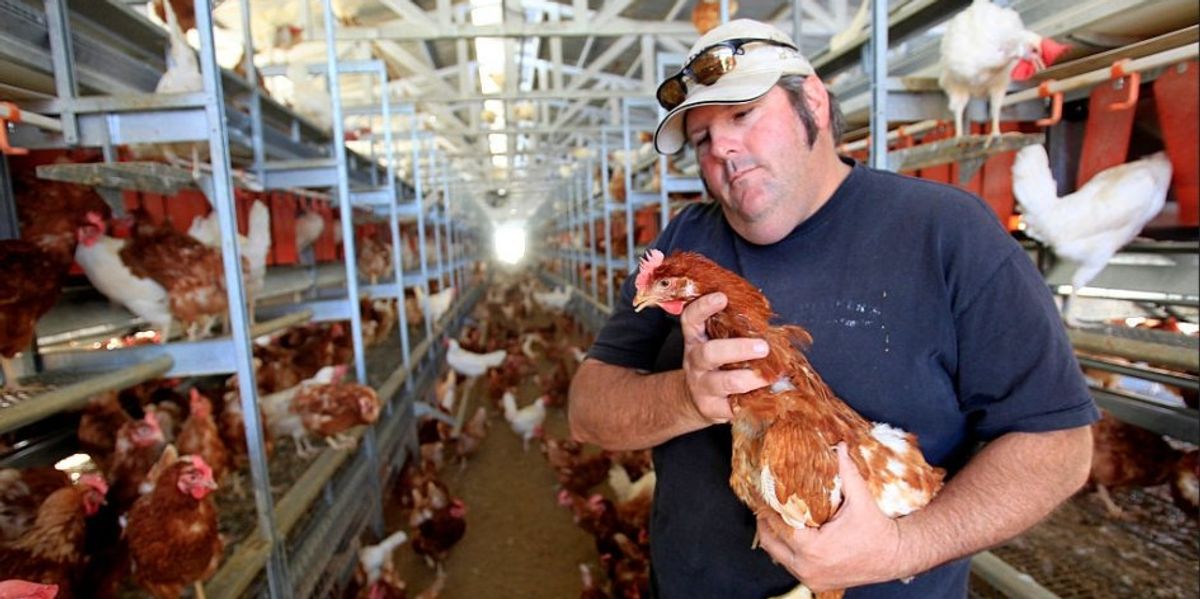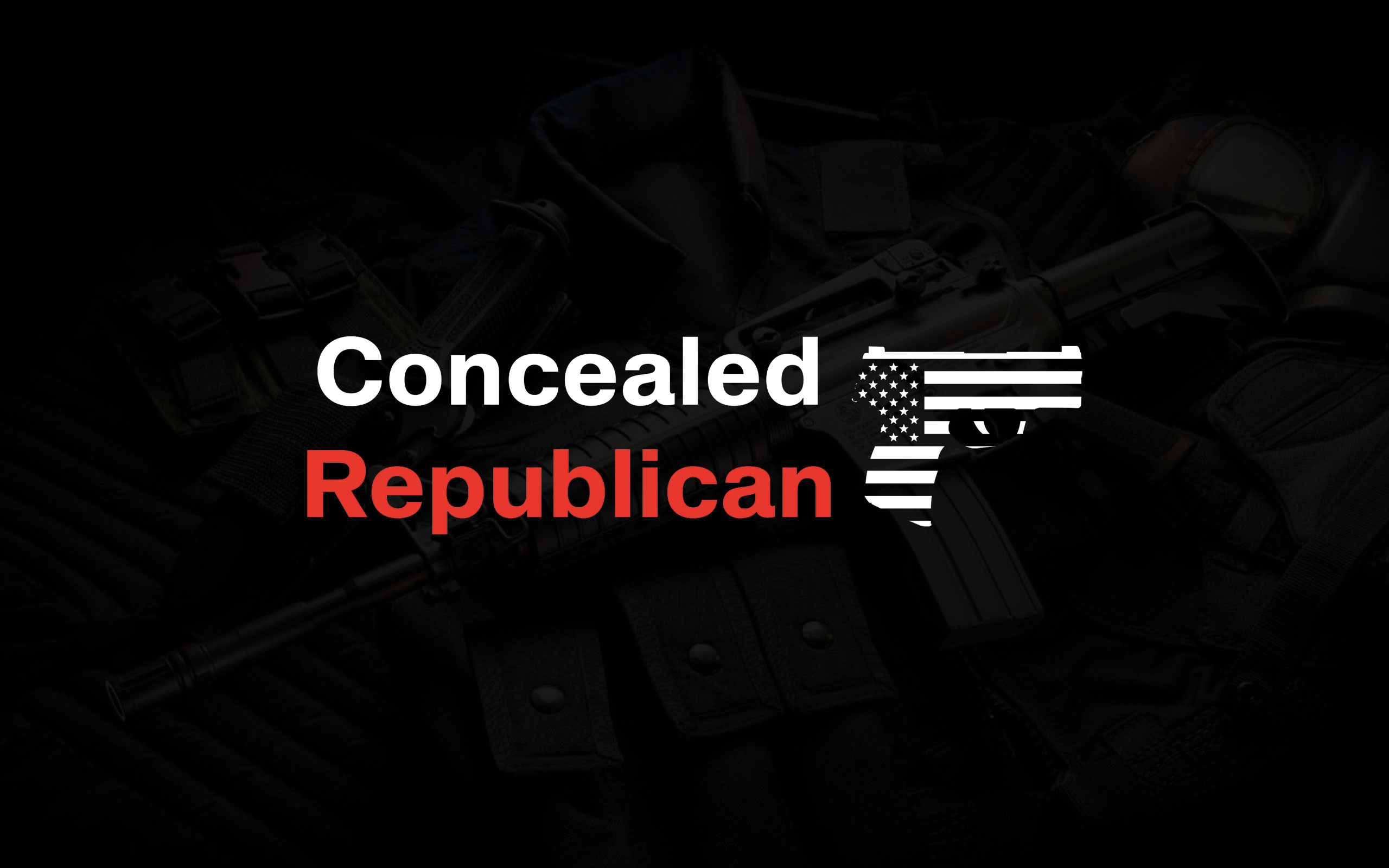“Major progress,” they said — 40% of egg-laying hens in the U.S. are now cage-free. The term rolled off marketers’ tongues and into the consumer psyche. It was hailed as a victory for humanity, an animal-rights milestone, and a signal that the world had woken up.
Only it hadn’t; it still hasn’t.
Avian flu loves a cage-free barn. It’s paradise. Tens of thousands of birds, anxiety-ridden, packed together, moving constantly, shedding feathers and fluids — all under one roof.
This is the story of a bait and switch. A story about how a movement meant to free animals instead created a new, more lucrative illusion. A story about language, imagery, and money. Because this wasn’t just a change in how hens live. It was a change in how you think they live.
The real winners? It wasn’t the birds, and it sure wasn’t you.
The lie they sold
Cage-free sounds like something you’d want. Like something a decent, thoughtful person would support. It conjures an image: hens roaming a sunny field, grass underfoot, maybe a red barn in the distance. There’s a reason egg cartons are covered in soft-focus photography — rustic charm, warm light, happy animals.
But cage-free doesn’t mean any of that. Yes, these hens are no longer kept in individual metal cages. Instead, they’re packed into massive industrial sheds, tens of thousands per building, with just enough space to move, but not enough to breathe.
There are no cages. But there’s no freedom, either.
It’s like upgrading from a prison cell to an overcrowded holding pen. More bodies. More panic. More chaos. You don’t need to be a biologist to know that stress in animals leads to injury, infection, and disease. But we told ourselves otherwise. We said, “At least they’re not in cages.”
That’s the bar now? Not in cages?
Origins of a PR coup
The “cage-free” revolution was born not out of compassion but necessity. It began as pressure — from activists, from voters, from a slow, growing discomfort among consumers who started to realize where their food really came from.
Animal welfare groups saw an opening. Their goal: Abolish the cage system. And to be fair, those cages are grim. A single hen gets less than a sheet of printer paper’s worth of space. Her beak is clipped. Her feathers rubbed off. Her bones brittle from disuse. It’s ugly. It’s cruel. It’s cheap.
Corporations, seeing the writing on the wall, got ahead of the legislation. McDonald’s. Walmart. Target. “We’re going cage-free,” they said. The headlines celebrated.
But here’s what most people didn’t notice: The corporations weren’t going pasture-raised. They weren’t committing to fewer birds, more land, or actual outdoor access. They were swapping one form of confinement for another and charging you more for the privilege.
Because cage-free costs more. More labor. More infrastructure. More mortality. And in a brilliant twist, those costs get passed on to you, the ethical consumer, who walks out of the store feeling morally superior with your $9-a-dozen eggs. It’s not reform; it’s a rebrand. A truly brilliant rebrand.
Eggistential crisis
Industrial cage-free barns are horror films with better lighting.
No cages, yes. But the birds now may pile on top of each other. They may fight. They may crush each other to death. They may die from heat exhaustion in poorly ventilated mega-sheds. And when one gets sick, the whole shed goes down with her.
Avian flu loves a cage-free barn. It’s paradise. Tens of thousands of birds, maybe anxiety-ridden, packed together, moving constantly, shedding feathers and fluids — all under one roof. The moment infection enters, it’s over.
Starting from 2022, when outbreaks began to spike across the U.S. and Europe, authorities quietly admitted that cage-free farms were hit hardest. Controlled environments, as awful as they are, limit viral spread. Open environments amplify it. This is an indisputable fact.
And when outbreaks happen, do you think they treat the birds? Of course not. They cull. Fast and ruthlessly. That’s your cage-free egg system. That’s what you’re funding.
Who really benefits?
Follow the money. Always.
Corporations benefit from the price markup, egg producers benefit from market differentiation, animal-rights groups benefit from headlines and donation spikes, and politicians benefit from photo ops on “moral progress.”
But the animals? They certainly don’t win. They’re just moved from one type of suffering to another, and you’re being charged more for a label that makes you feel less guilty — without actually changing the underlying cruelty of the system. It’s the perfect con. It’s cheaper than real reform. And it’s far more profitable.
Cage-free is a lesson in semantics, a master class in how to manipulate through language. Because language shapes perception, and perception controls behavior.
They could have called it “mass-housed.” Or “aviary confinement.” Or “non-caged industrial lay systems.” But that wouldn’t sell. Cage-free is slick. It’s open-ended. It lets your brain fill in the blanks with whatever fantasy you prefer. The egg industry didn’t have to lie. It just had to let your imagination do the heavy lifting.
And it worked.
The better way (that never caught on)
Pasture-raised exists. It’s real. It’s what most people think they’re buying when they choose cage-free. Fewer birds. Outdoor access. Natural diets. Veterinary oversight. It costs more, yes — but it also delivers on the promise.
Then why isn’t it the standard? It’s expensive, logistically difficult, and land-intensive. Worst of all, it doesn’t scale.
You can’t run a billion-dollar egg empire on pasture. You can’t fill supermarket shelves with ethical, low-density protein and still turn quarterly profits. Which means the market had to invent something else — something cheaper, uglier, but still sellable. Enter “cage-free.”
You don’t fix this by switching labels. You fix it by understanding what the labels mean — and what they don’t.
Cage-free isn’t exactly evil, but it isn’t progress, either. It’s a compromise wrapped in a promise it can’t keep. It was never meant to solve the problem. It was meant to neutralize it. To dull the outrage. To make us feel like something was being done.
If we want real change, we have to demand better, not just better marketing. We have to stop falling for feel-good euphemisms. We must stop measuring ethics in packaging font sizes and start measuring them in actual outcomes.
The future of food doesn’t need more jargon. It needs brutal honesty.
It starts by admitting the truth: Cage-free wasn’t a step forward. It was a detour, a pretty lie in a recyclable carton, and we paid extra for it.
Read the full article here












